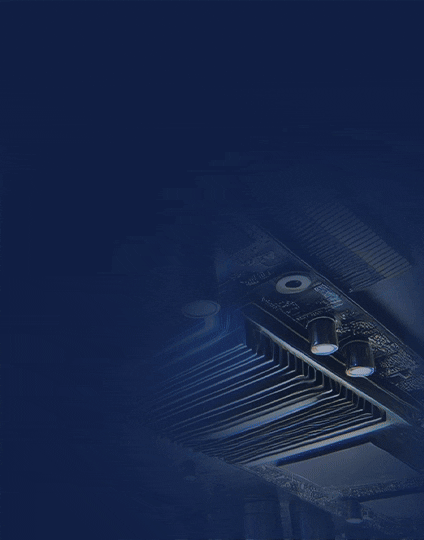FPGA Insights has engaged in an exclusive interview with Luca Colombini, Senior FPGA design engineer at CAEN SPA
Q1) Can you provide an overview of your organizations and the services/products it offers?
I work for an Italian technology company. My business unit design electronics products for the physics research community. We mainly focus on the frontend electronics which is intended the be the one closer to the detectors: analog-to-digital converters, logic units for trigger generation and conditioning, discriminators.
I work in another business unit which develops fast digitizers board with a sampling rate between 62.5 MPS up to 5 GSPS. The physics researchers community has strong technical skills in electronics and microcontrollers/DSP, but it lacks some expertise in advanced FPGA development. We want to help that community to bridge the gap. We provide boards with a completely open FPGA for end customer design (such as V2495). Not only that, but we recently have started to distribute a new family of digitizers with an option for remote customization.
Furthermore, we have setup a service for the end customer to develop a custom firmware on a subset of the overall large FPGA device available on board (AMD Zynq Ultrascale+ device). They develop their own algorithms for detector data procesing, leveraging also a new graphical design entry tool, and we provide e service for them to compile in the cloud. The outcome of this process is an upgrade package for the board which includes bitstream, libraries and all the dependencies.
We want to leverage the FPGA technology to provide flexible products to the end customer. In our market, the possibility to adapt the hardware to a specific environment is crucial. And performances are key for digitizers.
Q2) Can you explain the benefits of using FPGAs over other types of processors?
The main benefit of FPGA in our case is the parallelism it can achieve, that allow us to get the overall performances for fast processing and high trigger rates. We must absolutely avoid dead times in the processing chain, and this couldn’t be achieved with a pure microprocessor or DSP-based implementation.
Q3) What are the most significant trends observed in the FPGA industry over the past year? How will these trends shape the industry’s future?
The main trend is towards the data center processing for high throughput and low latency, in my opinion. Furthermore, Machine learning application are gaining more and more traction these days. Just recently, I have discovered a Python library to generated Verilog/VHDL code from ML framework like TensorFlow or PyTorch (HLS4ML).
There is an increasing importance of adopting standard libraries for simulation (I think about UVVM and OSVVM). Also the integration of already proven approach of the software development into the realm of FPGA, such as continuous integration. Tools like VUnit greatly pave the way to a larger adoption. Continuous deployment of firmware to FPGA on-board is an ongoing process.
High-level approaches to firmware development are increasingly popping up. Tools like Vivado HLS (C++ based design) or Python-based tools (Cocotb for simulation for instance) try to attract more and more software developers with the mermaid of high-level languages. But the road is still very long to get a high level tools that makes it all. Low-level timing analysis and design check is still needed to get an aggressive and ambitious FPGA design to fit.
Q4) How do you see FPGA development evolving to meet the demands of modern applications and complex workloads?
I do see an evolution towards using higher level of abstraction in firmware development. But it is quite complex to accomplish, taking into account the specific, hardware nature of the underlying FPGA device.
Q5) Key drivers behind the increasing adoption of FPGAs in various applications and industries?
Key drivers are ML and data processing at speed with low latency.
Q6) Sectors that stand to benefit the most from FPGA integration, and why?
The main sectors are automotive, test and measurements and telecom.
Q7) The role of FPGAs in accelerating AI applications and advancements expected in the near future.
As said, I see a progressive increasing interests in accelerating AI applications by leveraging FPGA specific characteristics.
Q8) Ensuring the security and integrity of FPGA designs, especially in sensitive applications like finance and defense.
It is not the main focus of my activity right now, but I do understand that security and intergrity are a key part of the development process in certain areas line finance and defense. FPGA tools do address these issues. The closed source nature of all major FPGA players and their intrinsic obfuscation play a role.
Q9) Advice for students and professionals interested in pursuing a career in FPGA development to stay updated with the latest
Learn from people, not from tools. The people that work hard on hardware and FPGA are the real engine of development and the source of knowledge. Tolls are a support, very important, but nothing without a brain that uses them well. There are a number of very valuable people out there!












